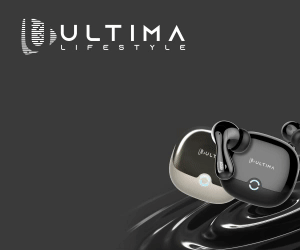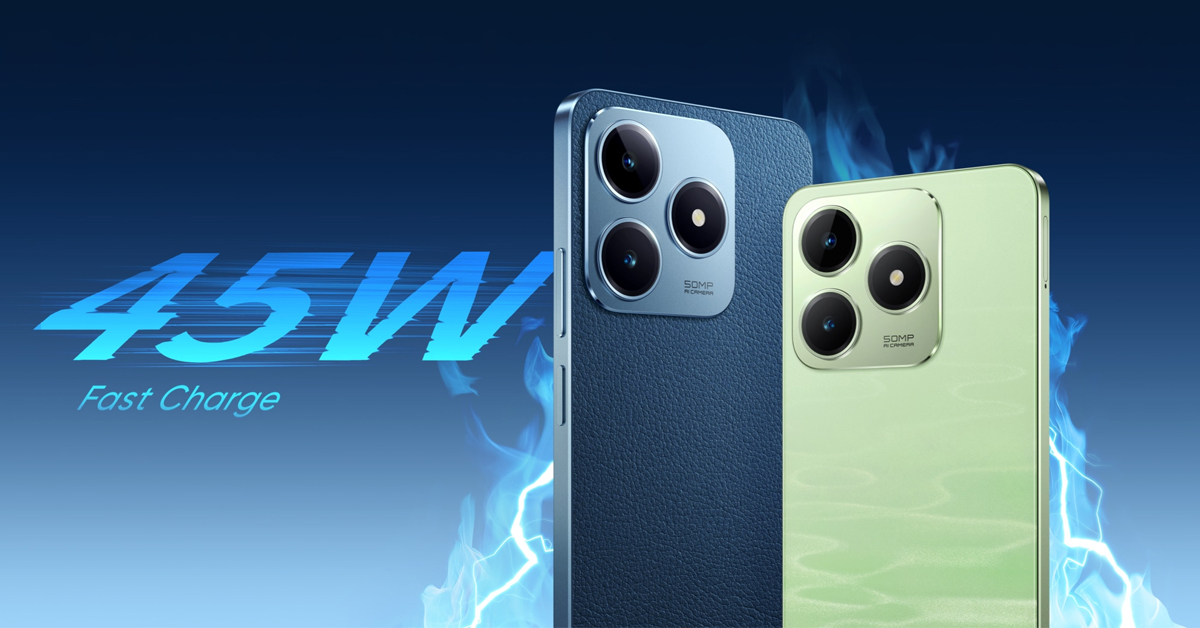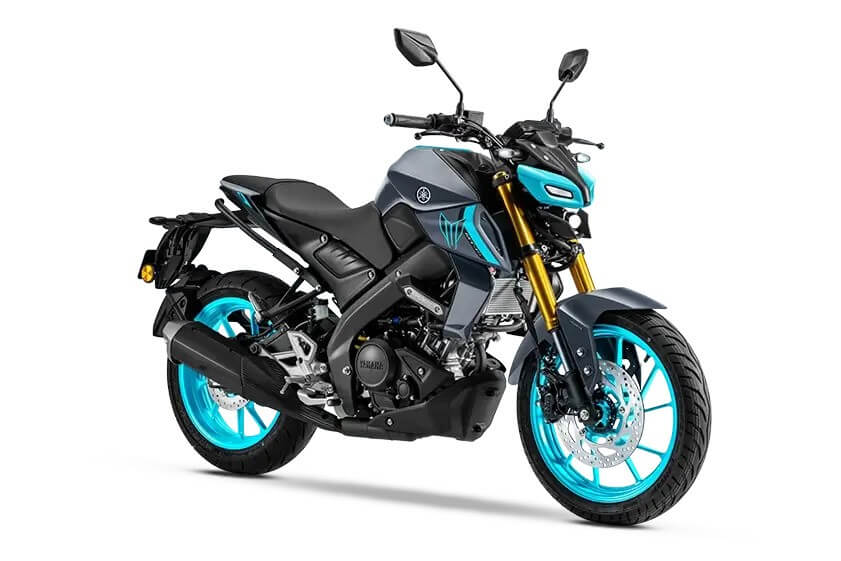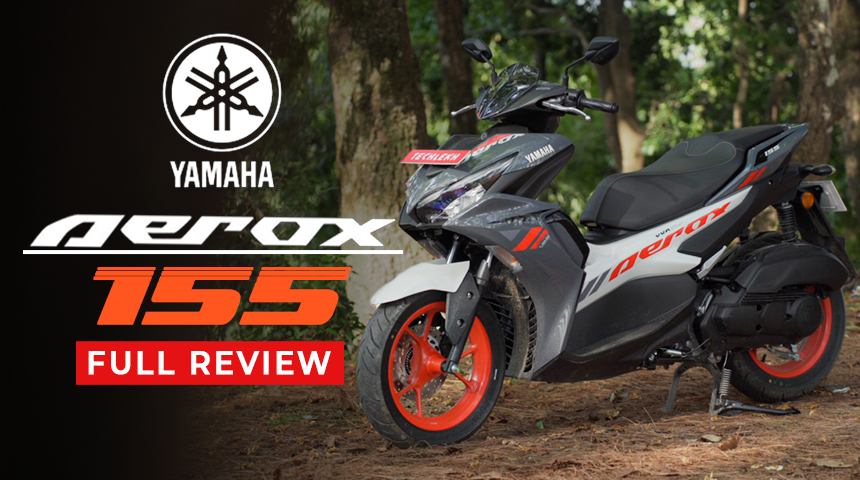Pros
- Responsive UI
- Clean Android experience
- Excellent battery life
- Sturdy build
Cons
- Subpar cameras
- No fingerprint sensor
- Slow charging speed
- Low-end processor
Back in 2017, Xiaomi launched the midrange Xiaomi Mi A1 as part of Google’s Android One initiative. The Mi A series was later discontinued after the release of the Mi A3.
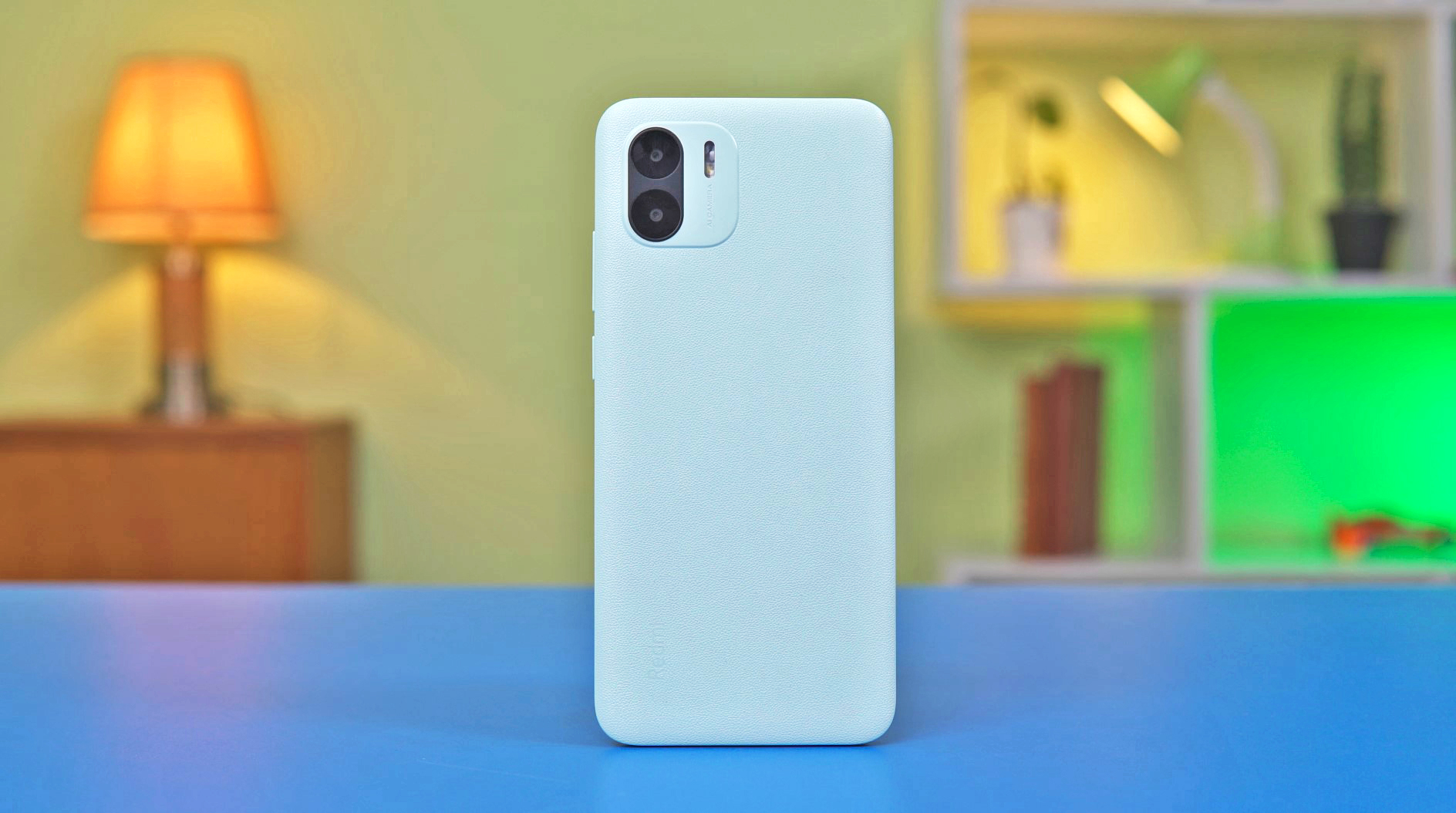
Now, in 2022, Xiaomi has released a new A series phone, but it’s an entry-level device. Although it’s not the first A series phone from Xiaomi, it is a new lineup under its sub-brand Redmi.
The Redmi A1 was launched in Nepal in November 2022. Priced at only Rs. 11,999, it is an affordable smartphone that runs on lightweight, clean Android Go edition. There aren’t many phones available at this price, let alone good ones. So, it’s good to see Xiaomi bringing a phone for this price.
But how good is the Redmi A1? Is this the best entry-level phone you can get in 2022 or 2023? How does it perform? I will answer all these questions in my Xiaomi Redmi A1 review.
Xiaomi Redmi A1 Specifications
- Body: 164.9 x 76.75 x 9.09 mm, 192 g
- SIM: Dual SIM (Nano-SIM, dual stand-by)
- Display: 6.52 inches IPS LCD, 720 x 1600 pixels, 400nits (typ.), 70% NTSC, 20:9 ratio
- Chipset: MediaTek Helio A22 (12 nm)
- CPU: Quad-core 2.0 GHz Cortex-A53
- GPU: PowerVR GE8322
- Memory: 32GB 2GB LPDDR4X RAM, supports microSDXC
- OS: Android 12 (Go edition)
- Rear Camera: 8 MP
- AI camera
- Video: 1080p@30fps
- Front Camera: 5 MP
- Video: 720p@30fps
- Battery: Non-removable Li-Po 5000mAh, 10W charging
- USB: MicroUSB 2.0, USB On-The-Go
- Misc: Accelerometer, 3.5mm headphone jack
- Colors: Light Green, Light Blue, Black
Xiaomi Redmi A1 Price in Nepal: Rs. 11,999
Xiaomi Redmi A1 Review
Design
- 164.9 x 76.75 x 9.09 mm
- 192 g
- Dual SIM (Nano-SIM, dual stand-by)
- Plastic frame and back

The Xiaomi Redmi A1 is available in three colors: light green, light blue, and black. I have the phone in light green, and I am finding it very beautiful. It has a pastel hue rather than a bright, vibrant green, which gives the phone a softer, more subtle appearance.
When it comes to build quality, it’s no surprise that the device is made of plastic, which doesn’t give it a premium feel. However, considering the price point, the phone feels solid and well-constructed. The textured back also helps to improve the grip and make it easier to hold.
The Redmi A1 does not come with a fingerprint sensor, which is a feature that many modern smartphones offer for added security and convenience. However, if you are willing to spend an extra Rs. 500, you can upgrade to the Redmi A1+, which has one on the back of the device.
Both the power and volume buttons are located on the right side of the device. They are not as tactile as I would like them to be, but they get the job done, so no big issues.
Coming to the bottom side, it has a mic, a 3.5mm headphone jack, and a Micro-USB port. It would have been convenient if the phone had a USB-C port instead, but considering the price point, it is understandable.
The speaker on this phone is located on the top side. The quality of the speaker is not great, as expected on a budget phone. It’s also not that loud. However, I appreciate the positioning of the speaker grille. The speaker grille is placed on the top side, near the earpiece.
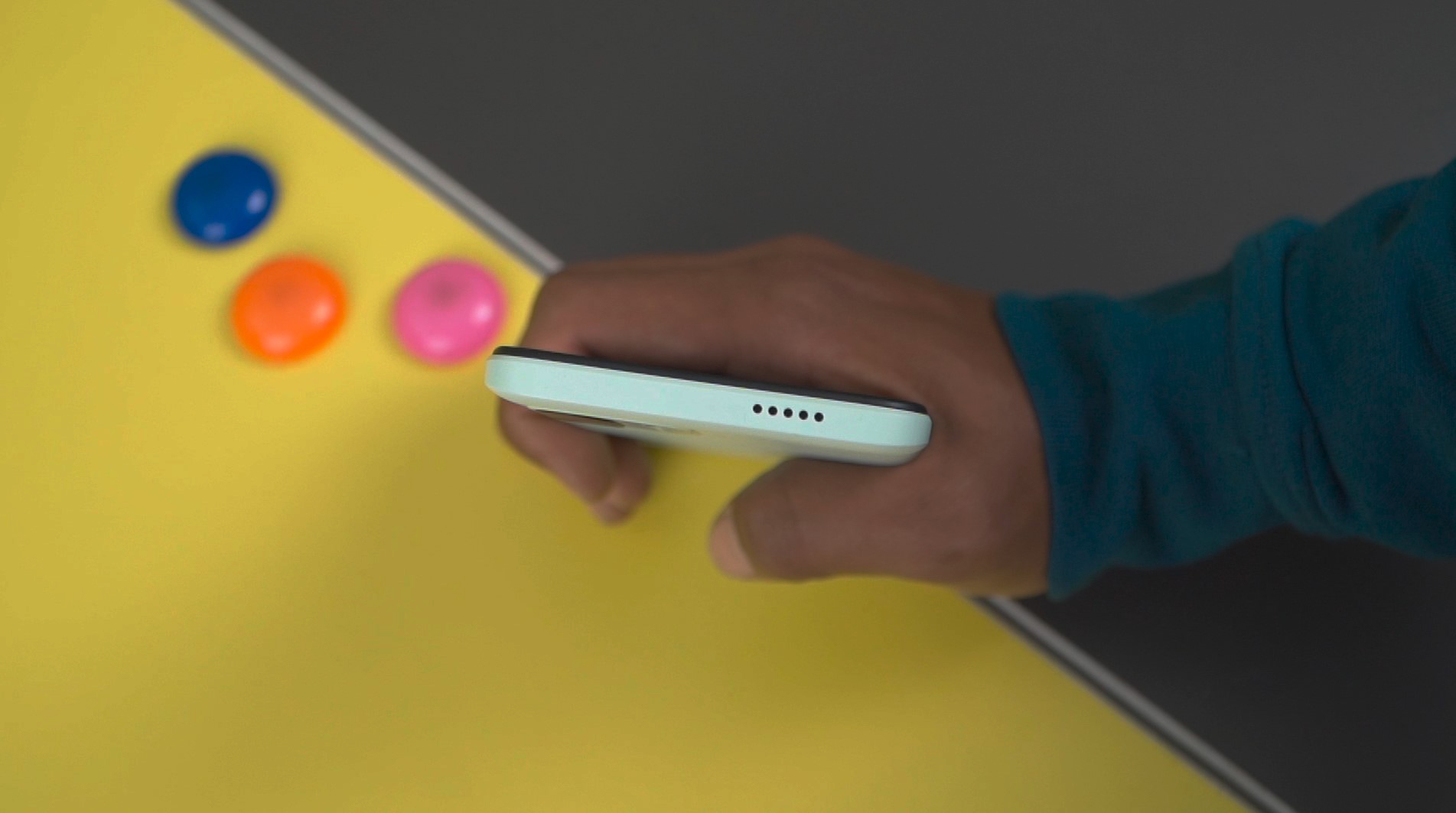
Normally, on a phone with a mono speaker, fingers tend to easily block the grille, resulting in a muffled sound. However, on the Redmi A1, the sound comes from both the grille at the top and the earpiece. So, even if you accidentally cover the top speaker grille, the sound is not muffled.
ALSO READ: Samsung Galaxy A13 Review: Samsung Used to Make Good Budget Phones!
Display
- 6.52-inch IPS LCD
- HD+ Display (720 x 1600 pixels)
- 400 nits (typ.)
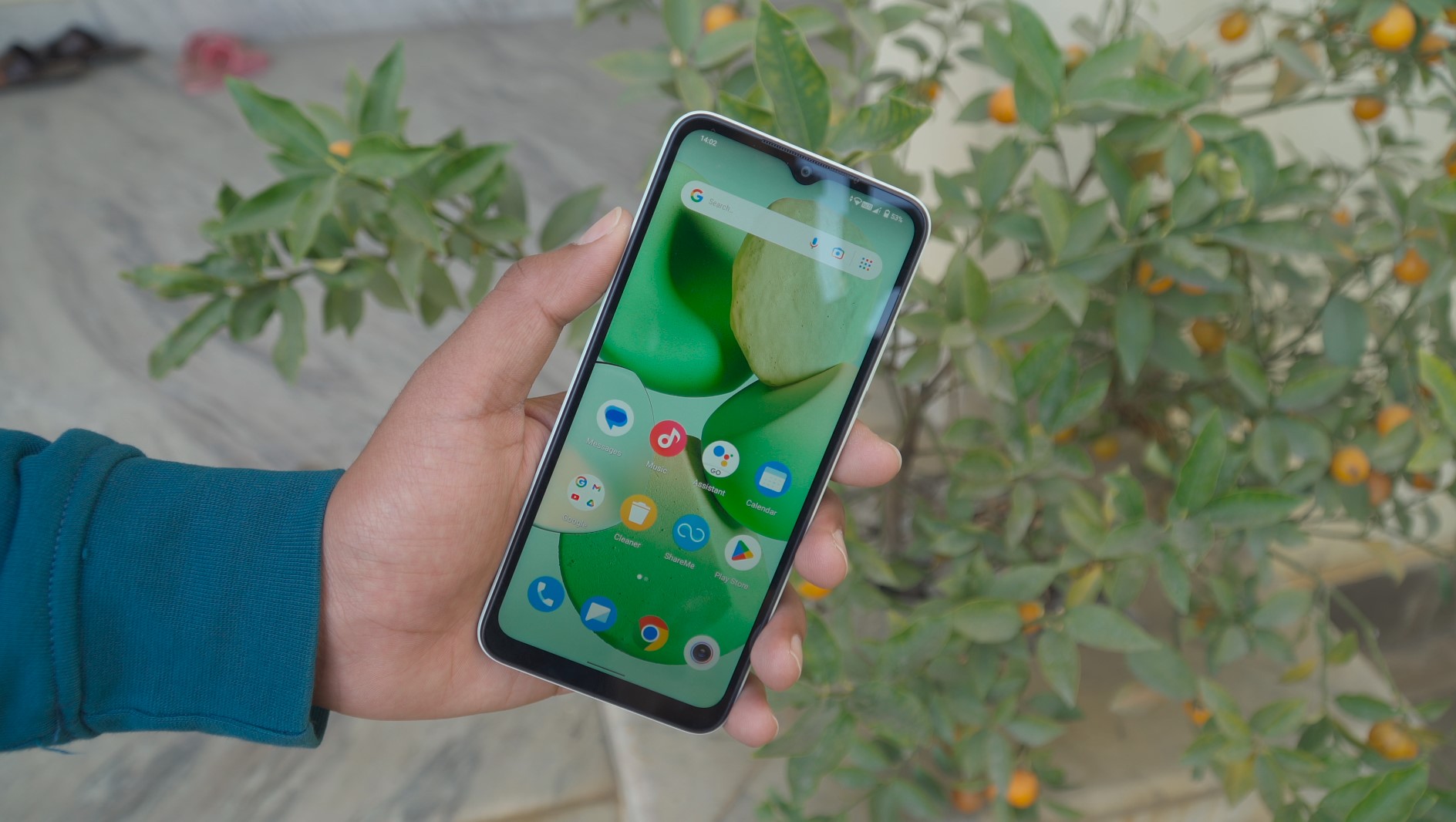
The Redmi A1 has a 6.52-inch with an HD+ resolution. It’s an IPS LCD display with a waterdrop notch design. The display is not very sharp. I could easily notice that while watching videos.
The brightness of the display is decent for indoor use, but it may not be sufficient in very bright outdoor conditions, which is a common issue among phones in this price range. Anyway, the display on the Redmi A1 is satisfactory for basic tasks and casual use.
Performance
- MediaTek Helio A22 (12nm)
- Quad-core (4×2.0 GHz Cortex-A53)
- PowerVR GE8322
- 2GB RAM 32GB storage, supports microSD card

This phone has 2GB RAM and 32GB storage and is powered by MediaTek’s old Helio A22 processor. When it comes to performance, the phone is not so snappy. Small delays can be noticed when interacting with the phone and opening apps.
However, the performance of the Redmi A1 is not unbearable due to the fact that it runs on Android Go edition, a lightweight version of Android OS designed for low-end devices, and lacks any unnecessary pre-installed apps (known as bloatware) that can slow down the phone.
If you only intend to use the phone for simple tasks like using social media apps, making video calls, and sending and receiving messages, then the Redmi A1 can be a good choice. You can also play some light games on it. However, if you plan on playing graphically intensive games, it may not run smoothly.
Overall, the performance of the Redmi A1 is impressive for an entry-level phone, and the user interface (UI) is responsive. It is capable of handling basic tasks and casual use.
ALSO READ: Samsung Galaxy A04s Review: Good Camera Poor Performance
Camera
- Rear Camera: 8 MP (main)
- QVGA AI camera
- Video: 1080p@30fps

The rear has an 8MP main camera and a QVGA auxiliary camera whose purpose is unknown. The front has a 5MP selfie camera.
If you are expecting good camera performance on a phone in this price bracket, then don’t, because the quality of the camera on this phone is very bad.
Photos taken with the main camera lack detail, sharpness, and clarity, although the colors are acceptable. The dynamic range is also poor, with highlights often blown out.
In the camera app, you can enable the HDR mode. Doing so will improve the details in highlights and shadows. I suggest you keep the HDR mode enabled when taking photos from this device.
Redmi A1 also has a portrait mode, but it struggles to accurately detect the edges of the subject and also does not improve the overall quality of the photo. So, it’s not useful.
FRONT CAMERA
The front camera has similar issues to the main camera. While the phone attempts to properly expose the face, it often fails to properly expose bright spots in the background. Enabling the HDR mode can help reduce this issue.
In general, the images taken with the front camera tend to be noisy and lack clarity and detail. The overall quality is average.
Battery and Others
- 5000mAh battery
- MicroUSB 2.0
- Android 12 (Go edition)
The Redmi A1 has a large 5000mAh battery that can provide up to two days of battery life, so you won’t need to worry about running out of power.
However, the charging speed is quite slow, as it only supports 10W charging. It will take 3–4 hours to fully charge the phone from a completely drained battery.
In terms of software, it runs on Android 12 (Go edition). There is also no bloatware. So the software experience is very clean. You can enjoy the stock Android experience on this phone. Overall, I am pleased with the software on the Redmi A1.
Should You Buy Xiaomi Redmi A1?
There are not many phones available in Nepal priced between Rs. 10,000 and 12,000. In the midst of that, it’s welcoming to see the arrival of the Redmi A1 at Rs. 12,000. What’s more exciting is that, for the price, Redmi A1 is an overall great phone.
If you’re in the market for a smartphone around the Rs. 12,000 price range, the Redmi A1 is a great option to consider.
Keep in mind that the Redmi A1 is an affordable, entry-level phone, so we need to keep our expectations accordingly.
Considering the price, the display is not disappointing, the performance is sufficient for daily use, and the battery life is excellent.
One of the main issues with many budget phones is that they tend to feel slow and unresponsive when used. This can be frustrating for users and can limit the phone’s overall performance.
The Redmi A1, however, does not suffer from this issue. In fact, it boasts a very responsive and smooth user interface, which is often a rarity among inexpensive phones. This makes the Redmi A1 a direct competitor to the Samsung Galaxy A03 Core and other budget phones in terms of performance and user experience.
If you’re in the market for a smartphone around the Rs. 12,000 price range, the Redmi A1 is a great option to consider. However, it should be noted that the Redmi A1 does not have a fingerprint sensor. If this is a feature you need, you can upgrade to the Redmi A1+ for an additional Rs. 500. The A1+ is essentially the same phone but with the added benefit of a fingerprint sensor.
ALSO READ: Xiaomi Mobiles Price in Nepal: Features and Specs
So this is my Xiaomi Redmi A1 review. What do you think of the Redmi A1? Let me know in the comments!
Also, watch our review video of the Xiaomi Redmi A1 in Nepali.
-
Realme C63 with 50MP Camera Now Available in NepalHIGHLIGHTS The Realme C63 price in Nepal is Rs. 15,999 (4/128GB). It is powered by…
-
Yamaha MT-15 Version 2.0 Expected to Launch Soon in Nepal: Find Out What’s NewHIGHLIGHTS Yamaha MT 15 V2 price in Nepal is expected to be around Rs. 6…
-
Yamaha Aerox Review: Fast and Fun with R15 at Heart!TechLekh Verdict Yamaha Aerox 155 is an outstanding scooter that combines power, style, and advanced…













